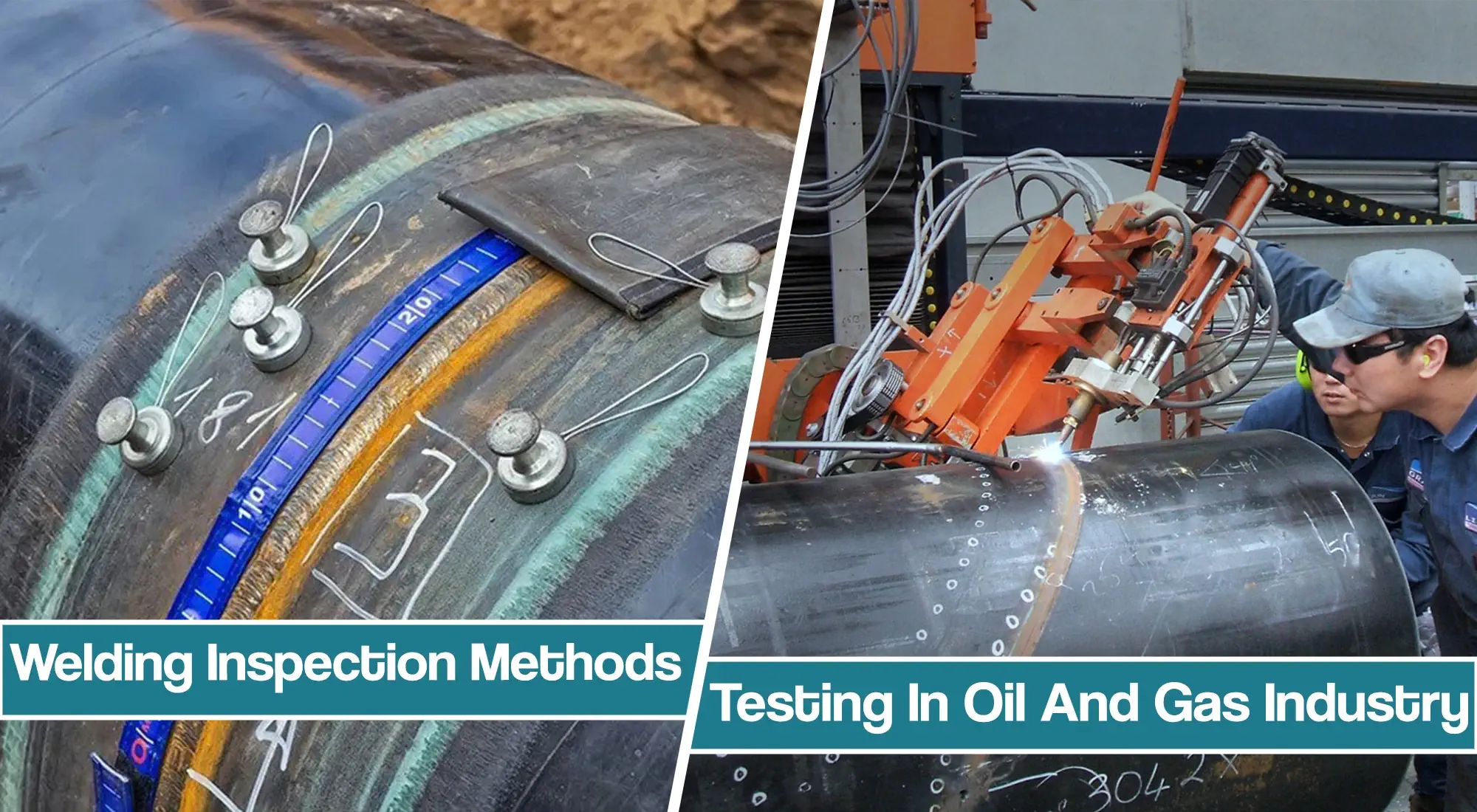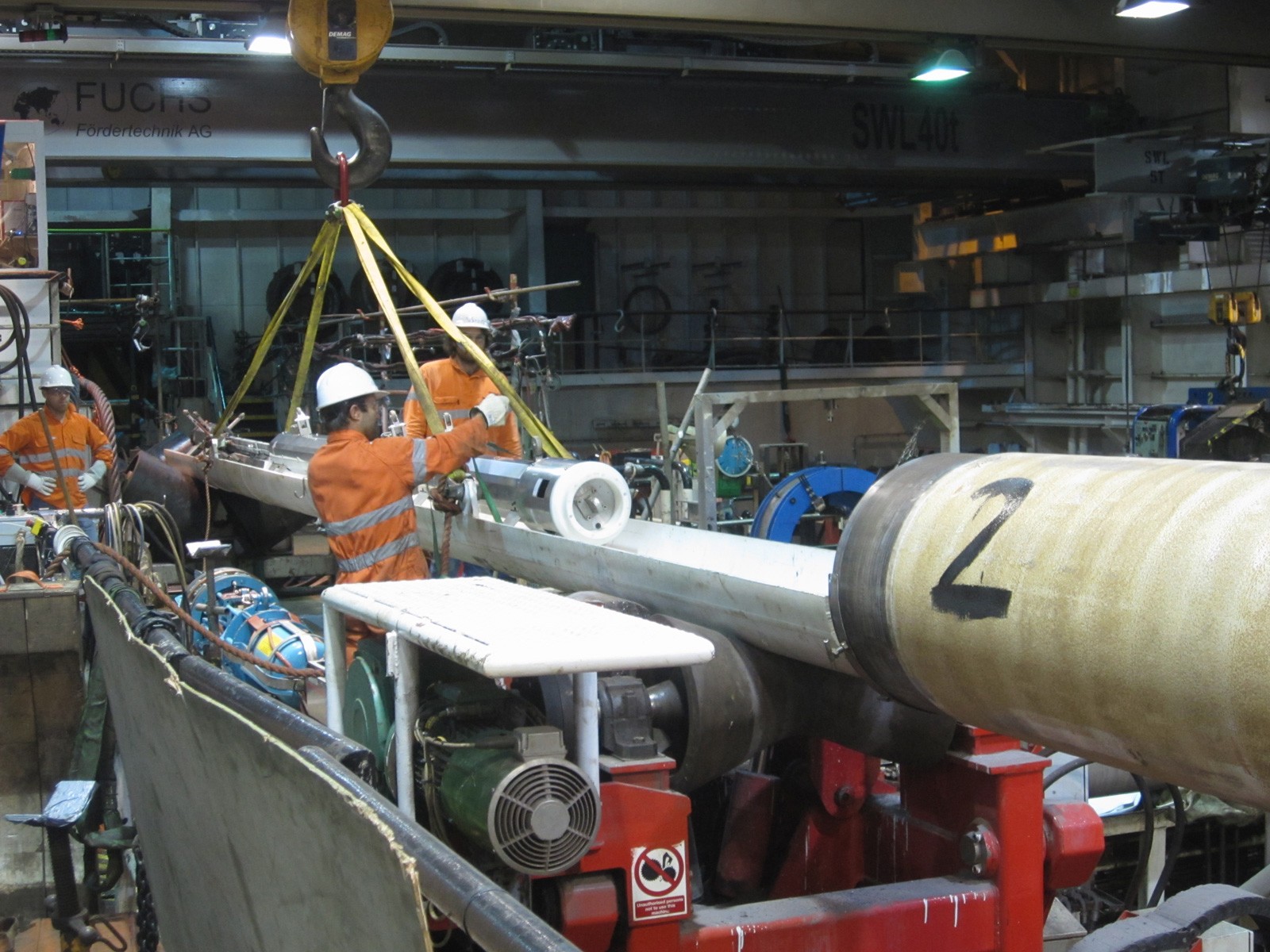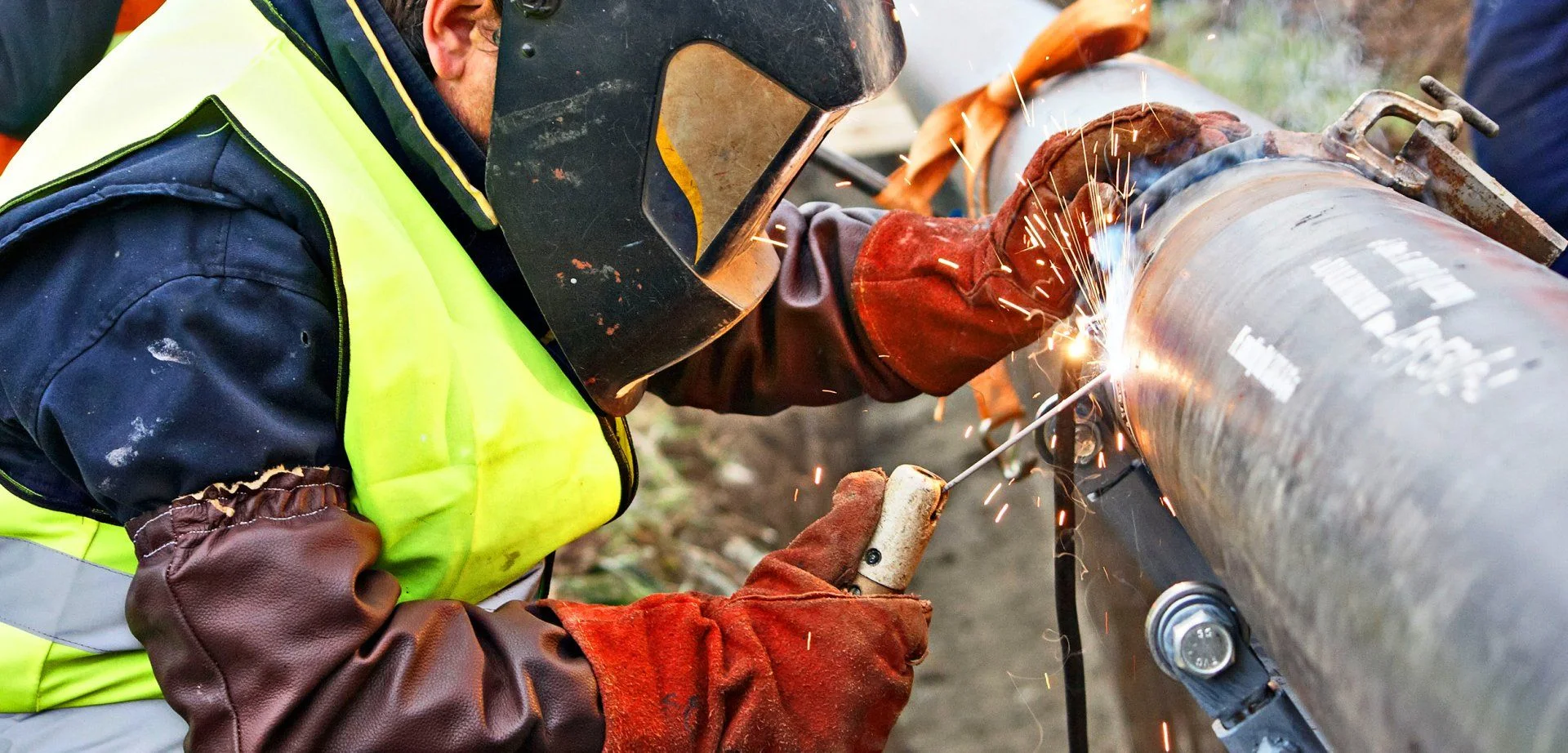
Finest Practices for Pipe Welding Evaluation: Strategies, Standards, and Procedures to Attain Quality Control and Conformity
Effective pipe welding examination is essential for ensuring the integrity and safety and security of critical infrastructure. Recognizing the intricacies entailed in each stage of assessment is vital to accomplishing compliance and reliability in pipeline systems.
Relevance of Welding Examination
The honesty of bonded joints is extremely important in making sure the security and reliability of pipeline systems. Correct welding techniques and thorough examination procedures are vital to avoid failings that can bring about tragic cases, ecological damages, and loss of life. Pipeline Welding Inspection. Welding evaluation works as a safety net, determining flaws such as cracks, porosity, and insufficient blend before they escalate right into serious concerns
Additionally, pipe systems commonly operate under high stress and extreme problems, making the top quality of welds also extra essential. Regulatory conformity is another substantial facet, as various criteria dictate the quality control processes that have to be complied with in pipe construction and upkeep. Failing to comply can cause legal ramifications and economic losses.

The duty of welding inspection prolongs past mere verification of craftsmanship; it incorporates the assurance of long-lasting functional honesty. This involves a systematic technique that consists of not just visual evaluations yet also advanced non-destructive screening approaches. Ultimately, effective welding assessment is a financial investment in the long life and safety of pipeline systems, ensuring they work as planned while minimizing risks related to material deficiencies.
Secret Evaluation Methods

Aesthetic evaluation, usually the very first line of protection, permits the recognition of surface area problems such as splits, undercuts, and porosity. Ultrasonic testing uses high-frequency acoustic waves to find internal defects, supplying an extensive analysis of weld integrity. This non-destructive technique is specifically effective for recognizing discontinuities that may not be noticeable on the surface area.
Radiographic testing involves using X-rays or gamma rays to create photos of the bonded joint, revealing internal problems. This method supplies thorough understandings however may need specialized equipment and security considerations. Finally, magnetic bit screening is efficient for detecting surface area and near-surface discontinuities in ferromagnetic materials, utilizing magnetic fields and fine iron particles.
Industry Standards and Regulations
Compliance with sector requirements and guidelines is important for guaranteeing the quality and safety and security of pipe welding evaluations. These standards give a structure for finest practices in welding procedures, materials, and inspection strategies, enabling organizations to decrease flaws and enhance the integrity of pipe systems. Key bodies such as the American Culture of Mechanical Designers (ASME), the American Welding Society (AWS), and the International Company for Standardization (ISO) collection forth guidelines that are widely identified and taken on within the market.
In the United States, her latest blog laws from the Pipeline and Hazardous Materials Safety And Security Administration (PHMSA) control the security of pipe operations, mandating strenuous evaluation methods. These requirements not just serve to shield public security and the setting but additionally guarantee conformity with legal and contractual commitments. Adherence to the relevant codes, such as ASME B31.3 for process piping, is essential for preserving functional effectiveness and governing compliance.
In addition, continuous updates and alterations to these standards show technical developments and advancing industry methods, emphasizing the requirement for companies to stay educated and train workers as necessary. Eventually, durable compliance with well established standards promotes depend on and reliability in pipeline framework, safeguarding both stakeholders and properties.
Effective Assessment Treatments
Effective assessment treatments are crucial for identifying potential flaws in pipeline welds and making certain the overall integrity of the system. A systematic method to assessment includes numerous essential phases, including pre-weld, in-process, and post-weld evaluations. Each phase plays an important role in preserving high quality assurance.
During pre-weld inspection, it is necessary to assess the materials and joint configurations, ensuring compliance with task requirements. In-process examinations include checking welding strategies and specifications, such as warm input and travel speed, to stop issues from taking place. This stage permits real-time adjustments to welding techniques.
Post-weld examinations consist of non-destructive testing (NDT) techniques like radiography, ultrasonic screening, and magnetic fragment testing. These techniques assist spot internal and surface area problems that might compromise the pipe's functionality. Documentation of all evaluation activities is paramount, giving a deducible record that supports conformity with industry criteria.
Training and certification of assessment workers further improve the effectiveness of these treatments. By adhering to an organized evaluation protocol, companies can mitigate dangers, guarantee conformity, and eventually deliver pipes that meet rigid safety and efficiency requirements.
Usual Challenges and Solutions
Pipe welding evaluation offers several usual challenges that can influence the quality and security of the last product. One substantial challenge is the irregularity in welding strategies and materials, which can bring about inconsistent weld high quality. see this website To resolve this, it is essential to develop standardized procedures and training for welders, making certain an uniform strategy throughout tasks.

Ecological elements, including temperature level and humidity, can additionally affect the welding procedure, potentially resulting in splits or insufficient fusion. Carrying out controlled settings and adhering to pre-weld treatments can reduce these threats.
Conclusion
To conclude, the application of ideal methods for pipe welding evaluation is essential for making sure quality control and conformity with market criteria. An extensive strategy, incorporating different strategies such as visual, ultrasonic, and radiographic screening, facilitates the identification of issues throughout all stages of the welding process. Pipeline Welding Inspection. Adherence to developed regulations and effective assessment treatments not only improves the integrity and safety of pipeline systems yet also alleviates threats connected with welding problems, therefore promoting overall operational honesty
Conformity with sector standards and guidelines is essential for guaranteeing the high quality and safety of pipe welding examinations. These standards offer a structure for ideal techniques in welding procedures, materials, and inspection methods, enabling companies to lessen issues and boost the integrity of pipeline systems.In the United States, regulations from the Pipeline and Hazardous Products Safety And Security Management (PHMSA) govern the safety of pipeline operations, mandating extensive evaluation procedures. A methodical technique to examination encompasses numerous vital stages, consisting of pre-weld, in-process, and post-weld assessments.In final thought, the application of best practices for pipe welding assessment is crucial for making certain high quality assurance and compliance with sector criteria.